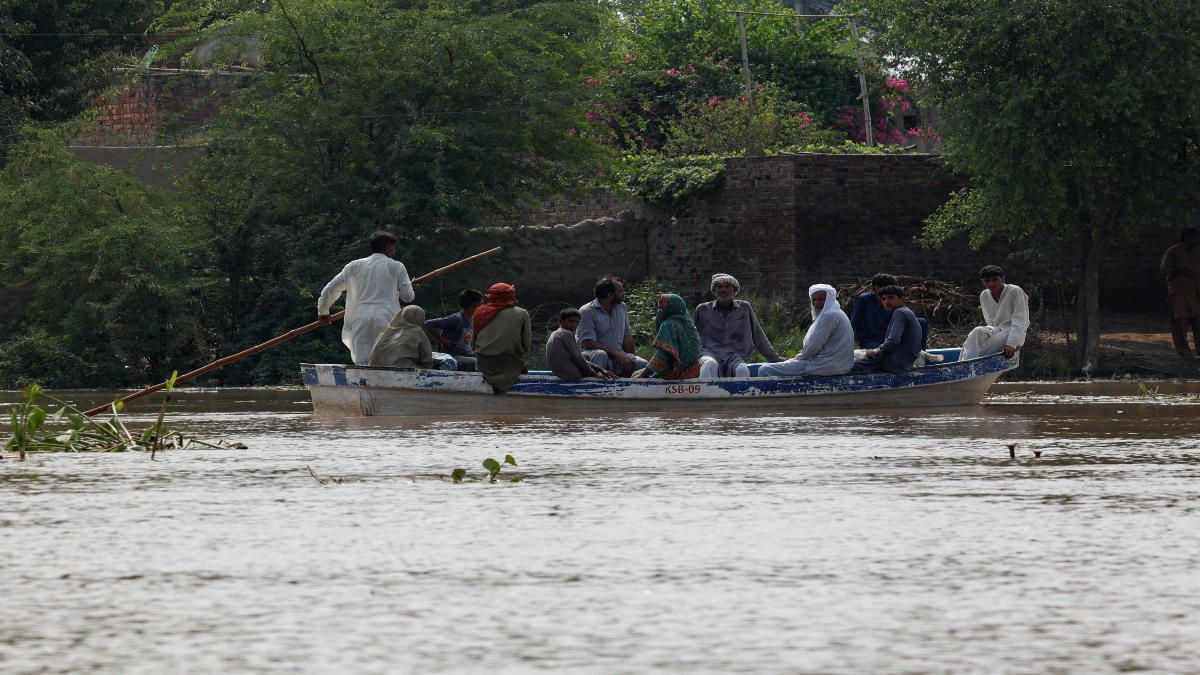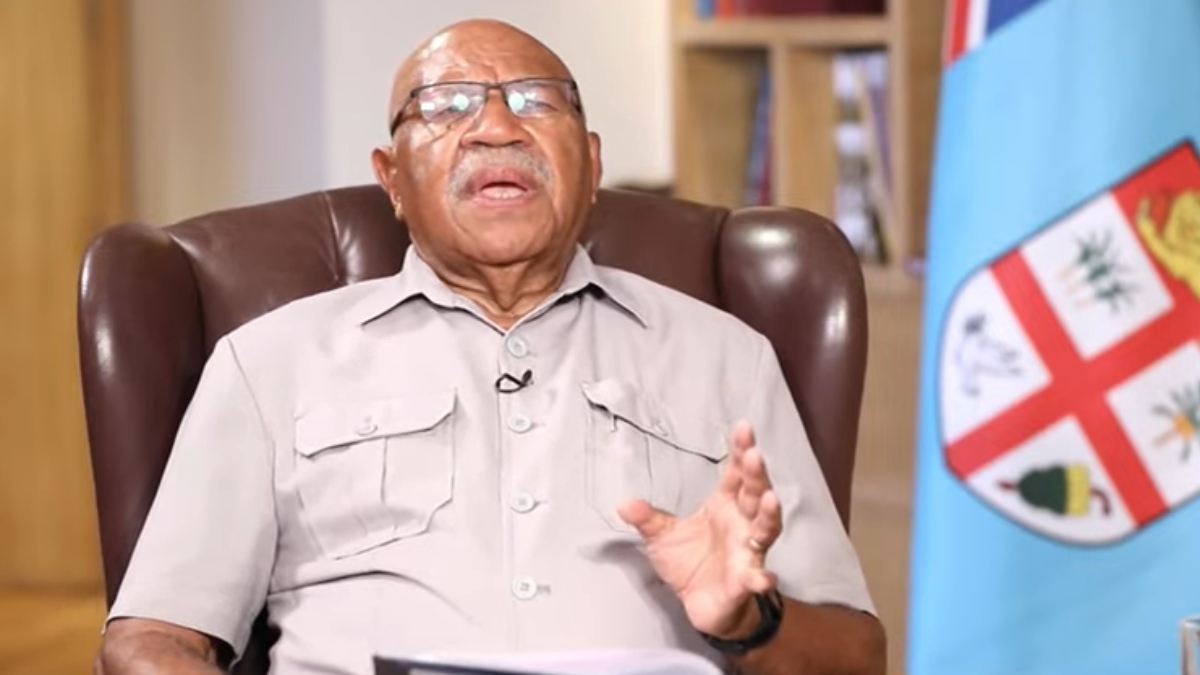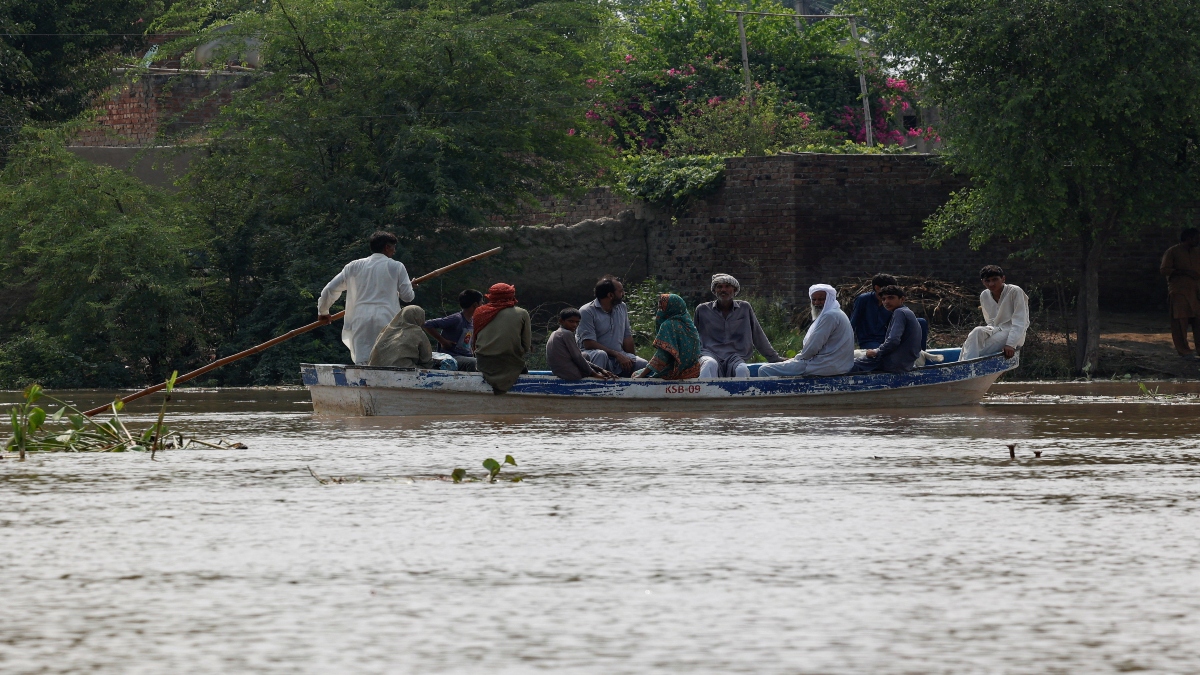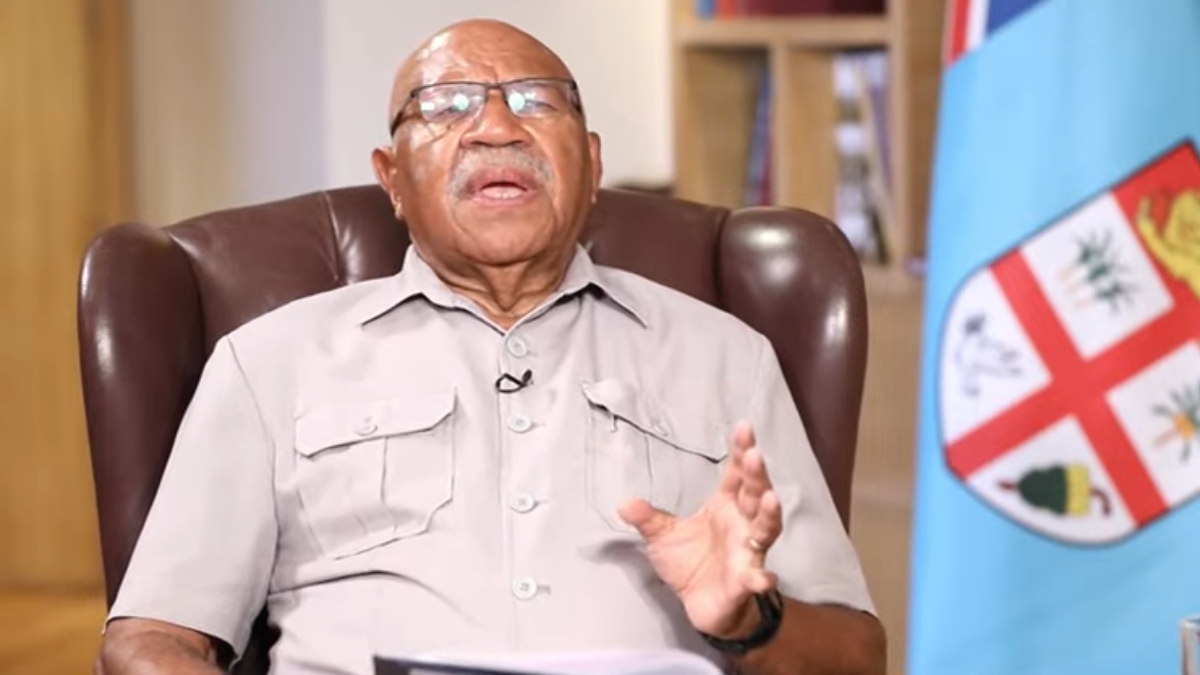The National Council of Educational Research and Training (NCERT) has been bestowed with the status of a deemed-to-be university. The announcement was made by Union education minister Dharmendra Pradhan during his address at the NCERT’s 63rd foundation day on Friday. But what is the NCERT? And what does this mean for it? Let’s take a closer look: What is it? As per Livemint, the NCERT was founded in 1961 under the Society Act.
The organisation advises the Centre on education.
It undertakes various activities and programmes including educational research and innovation, curriculum development, and development of textual and teaching-learning materials. As per DrishtiIAS.com, a deemed university is recognised under Section 3 of the University Grants Commission (UGC) Act, 1956. According to Livemint, the Centre can on the recommendation of the University Grants Commission declare an institute of higher learning (other than universities) as a ‘Deemed-to-be-university’. The tag allows such institutes that work at an extremely high level in a specific area – the same academic status and privileges as a university. As per News18, the NCERT has been granted this status under the ‘de novo’ category. What does it mean for the NCERT? As per News18, the NCERT has been granted this status under the ‘de novo’ category.
The council had applied to the UGC for this status last September.
The NCERT can now offer graduate, postgraduate, and doctoral degrees, as per Livemint. According to DrishtiIAS.com, deemed universities can avail of several benefits including
- Increased opportunity for funding
- Better faculty
- Greater flexibility in admissions policies
- Being allowed to revise the curriculum
- Conducting examinations and evaluations.
There are over 125 such deemed universities in India, as per New Indian Express. Pradhan was quoted as saying by The Hindu, “NCERT has established a formidable presence in research, actively shaped school education, teacher training, and adult literacy. NCERT on becoming a research university will offer opportunities for global collaborations and contributions to the global educational landscape.” “The deemed-to-be university status is on lines of Indian Institute of Science,” he added. Pradhan said the NCERT, on becoming a research university, will offer opportunities for global collaborations and contributions to the global educational landscape. “The credit for the Chandrayaan-3’s successful handling should also go to NCERT as it is where the idea of such projects germinate," Pradhan said, as per LiveMint.
“NEP is like Chandrayaan-3. It would be successful. Nothing can stop it," Pradhan added.
As per The Hindu, Pradhan also counselled the organisation to standardise the Teachers’ training curriculum to NCERT in its Early Childhood Care and Education syllabus. Pradhan advised adding a chapter on Chandrayaan 3 and agreements of G20 summit to new textbooks. [caption id=“attachment_13076322” align=“alignnone” width=“640”] Dharmendra Pradhan. Image courtesy: @dpradhanbjp/Twitter[/caption] “The new generations must be taught of the latest developments as well as Indian values and ethos,” Pradhan added, as per New Indian Express. He also announced that the NCERT would help create educational material in 22 languages by using software. Pradhan said Jadui Pitara — a play-based learning-teaching material tailored for children between the age group of 3-8 years developed by NCERT — would be an instrument of change that will benefit 10 crore children across the country. Pradhan also put emphasis on developing content in the mother tongue. He suggested setting up Augmented Reality, Virtual Reality and Artificial Intelligence labs in all seven regional centres of NCERT. To make India the global hub of research and innovation these centres should be equipped with the latest technologies from around the world with future-ready infrastructure, he added. The NCERT had caused an uproar in January when it dropped several topics from Class 10 textbooks. These included chapters on the Periodic Table, contribution of agriculture to the national economy, challenges to democracy and sustainable management of natural resources. With inputs from agencies


)
)
)
)
)
)
)
)
)



